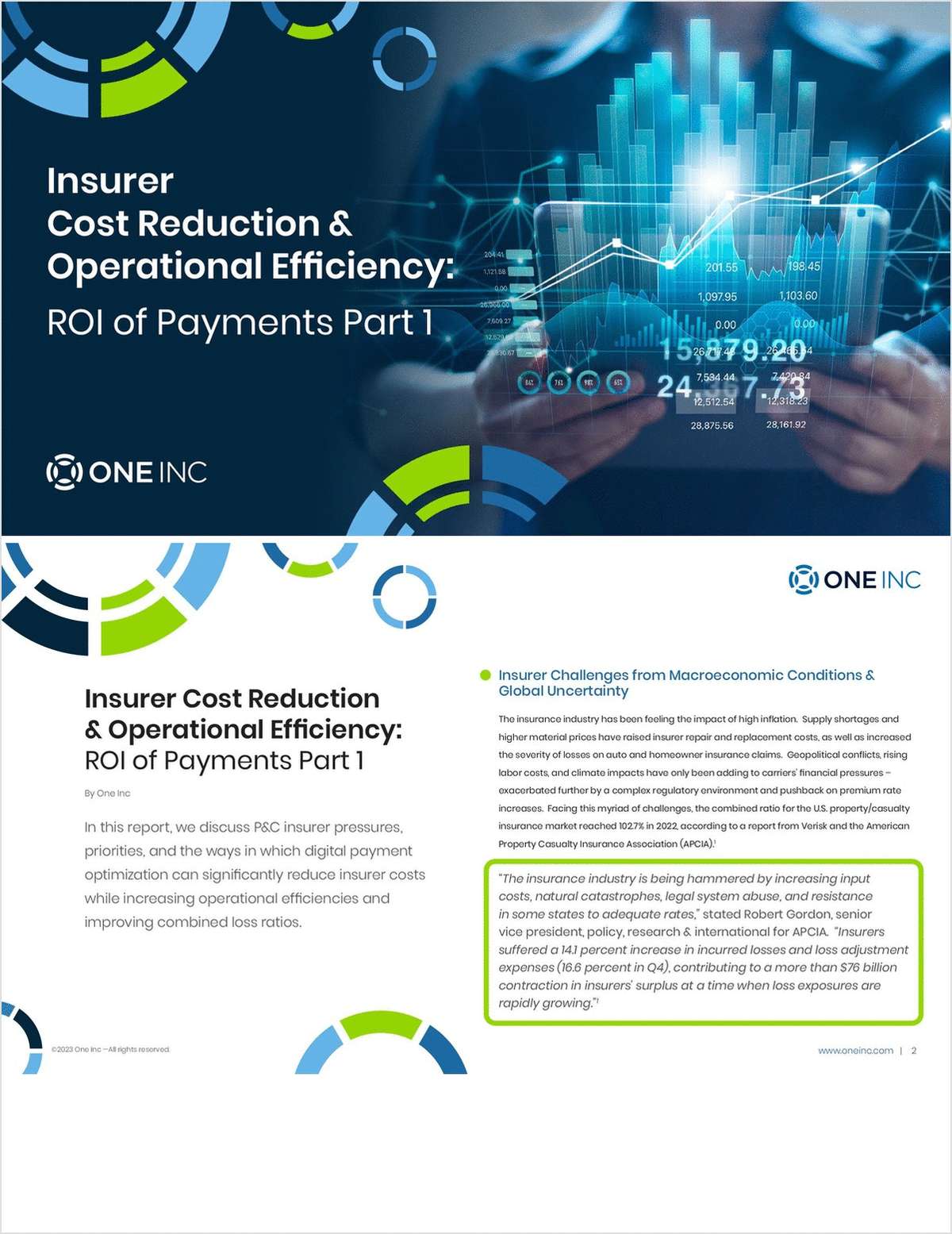What are we going to do about the other generation? How will we ever communicate without communication?
OK, this is a trivia quiz. When were these words first spoken?
a. Before the last upgrade of Micro-soft Windows.
b. When Citigroup ac-quired Travelers and the technology teams were merging systems.
c. In your last IT meeting, when planning the transition from your legacy environment.
d. In December 1958, when the musical Flower Drum Song opened on Broadway.
If you guessed a, b, or c, nice try. The correct answer is d. These words actually were part of the chorus of The Other Genera-tion, sung in the original version of the musical, which was lately revived and more recently closed.
Although the song in the show was alternatively sung by the older then younger generations, each complaining about the other, Rogers and Hammerstein might have been talking just as easily about the world of insurance technology today in its quest to establish industry standards.
Many insurers now are asking the same questions: What are we going to do about the other generation? How can we modernize our older-generation systems when urgent needs with faster ROI are clamoring for solutions? At the same time, how are we going to communicate without communication? How will the industry establish and implement one standard to facilitate passing data seamlessly back and forth? (See ACORD Standards Time, p. 34.)
If the industry will ever achieve straight-through processing, all links in the chain, including internal and external partners, will connect with each other. Architectures will be flexible enough to deal with current and future standards and partners, and insurers will standardize all datanot just what theyre willing to sharefor this to work long term.
XML and Web services appear to be gaining traction. Just about every vendor is implementing XML, which makes it easier for everyone to use the same tools. According to a recent IDC analysis, Web services will drive a total software, services, and hardware opportunity in the U.S. of $21 billion by 2007 and will peak at $27 billion in 2010. A Celent report in October showed carriers surveyed either expected to achieve or had already achieved integration efficiencies on the order of 20 to 30 percent by using ACORD XML standards.
But dollar benefits are only one factor. Another lies in competitive advantagein being more flexible, moving quicker than the insurer down the street to hit the always changing targets in the marketplace and to make the customer happy. This applies equally to the industrys dash toward mobile communications (see Field of Dreams, p. 20). Mobile technology is making claims and sales professionals more nimble, and in the end, the customer benefits.
Strategic adoption of these new kinds of solutions are where the competitive battle ultimately will be won or lost. The laggards will be those that have fallen behind on the curve, strangled by old systems and insufficient resources. The leaders will ride the connectivity curve to change business as usual into business value, becoming the courageous champions of tomorrows better communications.
Sharon S. Schwartzman
Editor-in-Chief
Want to continue reading?
Become a Free PropertyCasualty360 Digital Reader
Your access to unlimited PropertyCasualty360 content isn’t changing.
Once you are an ALM digital member, you’ll receive:
- Breaking insurance news and analysis, on-site and via our newsletters and custom alerts
- Weekly Insurance Speak podcast featuring exclusive interviews with industry leaders
- Educational webcasts, white papers, and ebooks from industry thought leaders
- Critical converage of the employee benefits and financial advisory markets on our other ALM sites, BenefitsPRO and ThinkAdvisor
Already have an account? Sign In Now
© 2024 ALM Global, LLC, All Rights Reserved. Request academic re-use from www.copyright.com. All other uses, submit a request to [email protected]. For more information visit Asset & Logo Licensing.








